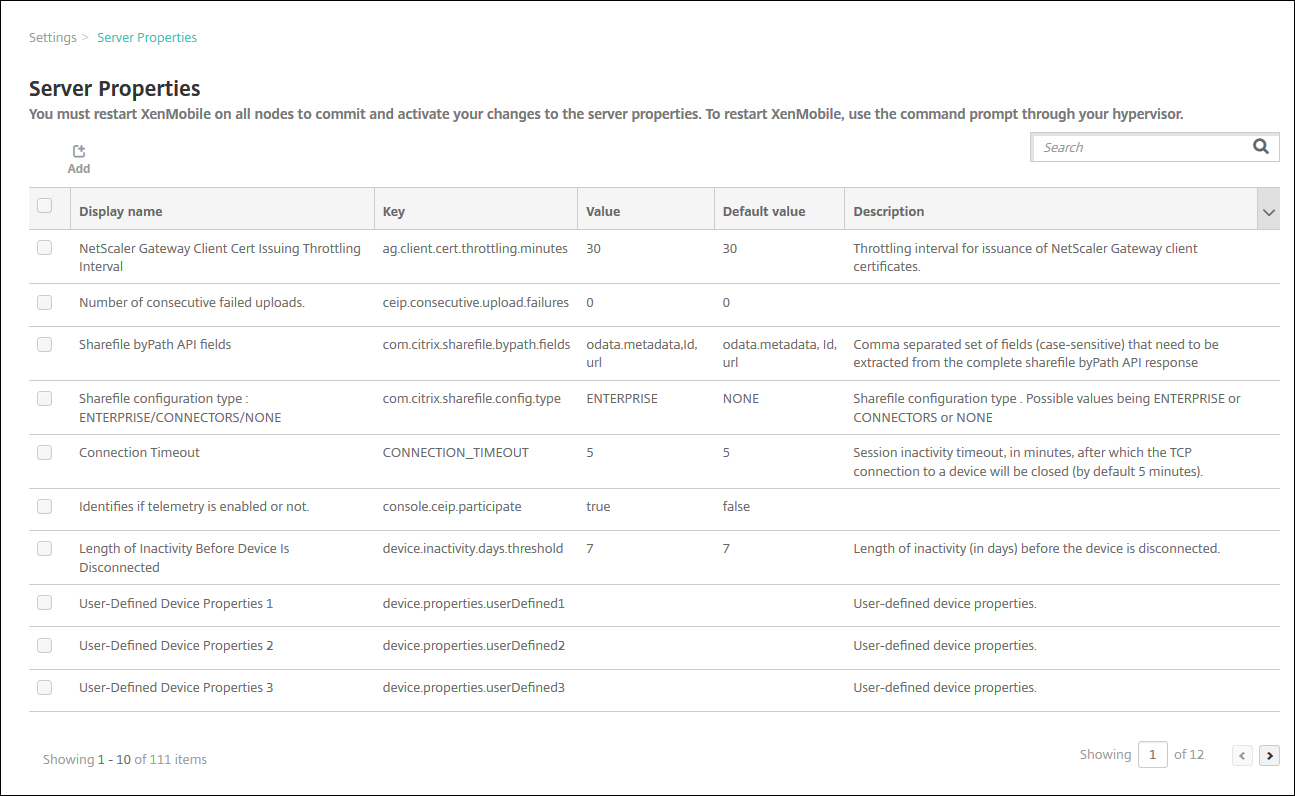

If it is, modify either the primary server or the secondary server so that the serial number on the primary server is greater than the serial number on the secondary server. If the name is correct on the primary server, check whether the serial number on the primary server is less than or equal to the serial number on the secondary server. If the name is not correct on the primary server, go to step 4. You can determine which server is the primary server by examining the properties of the secondary zone in the DNS console. If the server is hosting a secondary copy of the zoneĮxamine the zone on the primary server (the server from which this server pulls zone transfers). Or, it might be caused by a problem that affects Active Directory replication or dynamic update. The problem might be caused by user error when users enter data into the zone. Checking for problems with authoritative dataĬheck whether the server that returns the incorrect response is a primary server for the zone (the standard primary server for the zone or a server that uses Active Directory integration to load the zone) or a server that's hosting a secondary copy of the zone.

If it's not, try to modify the packet filters or port rules on the firewall to allow traffic on UDP/TCP port 53. If you think that this might be the problem, check whether an intermediate filter is intentionally used to block traffic on well-known DNS ports. Therefore, if the DNS server uses any other port, nslookup queries fail. By default, nslookup sends queries to DNS servers on UDP port 53. If the server is located on another network that is reachable only through an intermediate host (such as a packet filtering router or proxy server), the DNS server might use a non-standard port to listen for and receive client requests. In rare cases, the DNS server might have an advanced security or firewall configuration. You can try a different IP address in the list or add the IP address to the list. If the DNS server has been configured to limit service to a specific list of its configured IP addresses, it's possible that the IP address that's used to contact the DNS server is not in the list. On the Interfaces tab of the server properties page in the DNS console, administrators can restrict a DNS server to listen on only selected addresses. If the issue occurs when the service is running, the server might not be listening on the IP address that you used in your nslookup query. Try to restart the DNS Server service by entering the following at a command prompt on the server: net start DNS If the resolver returns a "Request to server timed out" or "No response from server" response, the DNS service probably is not running. You can learn whether it's paused by checking the General tab of the zone properties in the DNS console. If the resolver returns a "Server failure" or "Query refused" response, the zone is probably paused, or the server is possibly overloaded. If the resolver returns the IP address of the client, the server does not have any problems.

Run the following command and check whether the DNS server is reachable from client computers. Or, in an administrative PowerShell window, run the following cmdlet: Clear-DnsServerCacheĬheck the following logs to see whether there are any recorded errors: To do this, run the following command in an administrative Command Prompt window: dnscmd /clearcache If you get a failure or time-out response, see Checking for recursion problems.įlush the resolver cache. If so, see Checking for problems with authoritative data. Run ipconfig /all at a command prompt, and verify the IP address, subnet mask, and default gateway.Ĭheck whether the DNS server is authoritative for the name that is being looked up.
SERVER PROPERTIES SERVER IP HOW TO
This article discusses how to troubleshoot issues on DNS servers. Try our Virtual Agent - It can help you quickly identify and fix common DNS issues.


 0 kommentar(er)
0 kommentar(er)
